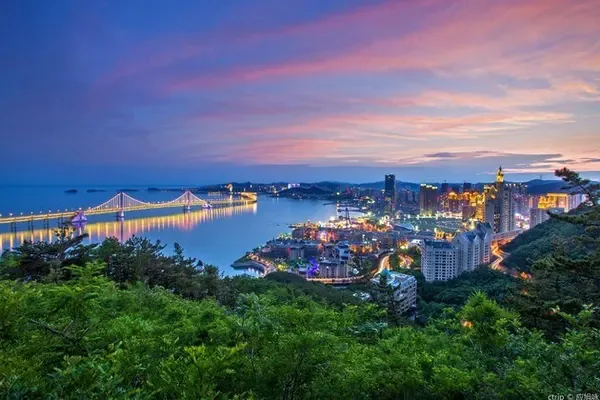More than ten kilometers west of Turpan, Xinjiang, there is a desolate ancient city. This is the ancient city of Jiaohe. It was the capital of Cheshiqian State in the Han Dynasty.
"Hanshu" records that "Wang Zhijiaohe City. The river flows around the city, so it is named Jiaohe".
The ancient city of Jiaohe was built on a small island in the river washed by the river, surrounded by cliffs on all sides, which is a natural defensive barrier
Cheshiqian Kingdom is one of the thirty-six countries in the Western Regions. The Western Han Dynasty fought for hegemony with the Xiongnu, and the countries in the Western Regions were caught in the middle. During Emperor Wu, Loulan and Cheshiqian Kingdom fell to the Huns. Emperor Wu of the Han Dynasty sent Zhao Puonu to conquer. The Western Han Dynasty won this battle. , the broken chariot master captured Loulan King
Zhao Ponu was originally Huo Qubing's subordinate. A few years later, Zhao led his troops to fight against the Xiongnu, was surrounded and captured, and the whole army was wiped out. Three years later, Zhao Puonu fled back to the Han Dynasty, but was exterminated in the "Witch Gu Disaster" in the later years of Emperor Wu of the Han Dynasty.
Hundreds of years later, the same fate happened to Hou Junji, a general of the Tang Dynasty. One of the Four Heroes
During the period of Emperor Taizong, Ju Wentai, king of Gaochang, who once assisted Master Xuanzang to travel westward, turned to the Turks.
Three years later, Hou Junji was killed for participating in the conspiracy of Prince Li Chengqian.
After the Tang Dynasty pacified Gaochang, it continued to advance westward, reaching its largest border during the Gaozong and Wu Zetian periods, and four Anxi towns were established one after another, which lasted until the Xuanzong period.
Cen Can, a frontier poet, worked in Anxi and passed through Jiaohe on his way back and forth. He left many poems, "Birds fly by the city of Jiaohe, and horseshoes slippery on Luntai Road", which describe Jiaohe in winter.
Li Qi, another poet of the Tang Dynasty who was older than Cen Shen, also lived mainly in the Xuanzong era. His work "March in the Army in Ancient Times": "Climbing the mountain to watch the beacon fire in the daytime, drinking horses and crossing the river at dusk", taking Jiaohe as the representative of the western frontier
In this poem, the poet also wrote: "The bones of the war are buried outside the wasteland every year, and the rose apples enter the Han family in the air." What the successive years of fighting in return is the expansion of the dynasty's territory, and what it pays is the uncertain life and death of the people.
The Anshi Rebellion broke out in the later period of Xuanzong, and the western army entered Guan Qinwang. At this time, Tubo rose and occupied the Hexi Corridor, and the Western Regions were isolated from the Central Plains.
Around the 14th century, when Mongolia invaded, the old city of Jiaohe was abandoned, and it has been deserted for hundreds of years.
Today, most of the buildings in Jiaohe Old City have lost their roofs, leaving only a series of remnants of walls. These walls are not common rammed earth walls, but dug out of the ground for walls. The houses and streets in Jiaohe Old City are not rammed, but dug out.
This office was also dug up
Many temple ruins have been preserved in the ancient city. There are temples and pagodas.
palace in the form of a central pylon
There are two pagodas in the ruins of the temple with a left-right symmetrical layout. The eight existing wooden structures of the Tang Dynasty are all single buildings, and there is no early temple layout. exist
Jiaohe Central Pagoda
central stupa
Jiaohe Great Buddha Temple, the left and right symmetrical pagoda ruins can be seen
Great Buddha Temple Central Hall
The remaining Buddha statues and colors on the central tower pillar
In front of the Northwest Buddhist Temple in Jiaohe, there is also a left-right symmetrical pagoda ruins
The hall of the Northwest Buddhist Temple is also in the form of a central tower
The symmetrical twin pagodas preserved in the stone carvings of Panduo Temple in Qionglai, Sichuan
2016.09.28, Jiaohe Ancient City
The friends of "Drunken Beauty Ancient China" are in Jiaohe Ancient City

